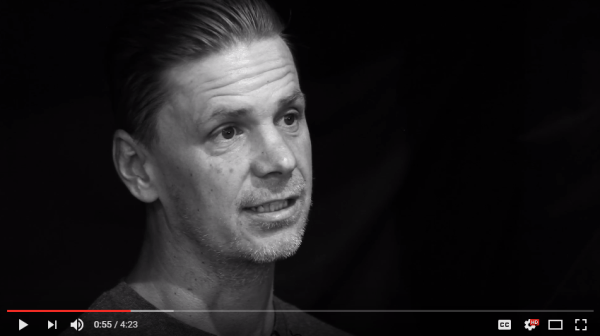Interview with photographer Ian Ruhter
12/21/2016
Ian Ruhter had been working as a successful commercial and sports photographer when he first discovered the wet plate collodion process. The nineteenth century photographic process involves pouring a liquid mixture of iodides, bromides, and a solution called collodion over a glass or aluminum plate. The plate is then bathed in silver nitrate, making it light-sensitive. The plate must then be quickly exposed and developed in just a few minutes, before the collodion dries and loses sensitivity. The process is expensive, laborious, and extremely unpredictable as temperature and moisture affect the chemicals greatly and can entirely alter the developing process, ruining a wet plate. But the results of this labor intensive process are undeniable-- a completely unique and incredibly detailed image, with rich layers of silver suspended in emulsion producing a three dimensional effect. Because the process is produced and controlled entirely by hand, each plate is inherently unique, with the chemicals’ process leaving irregular and impossible to reproduce beautiful ghostly shadows, halos, and ripples in each plate.

